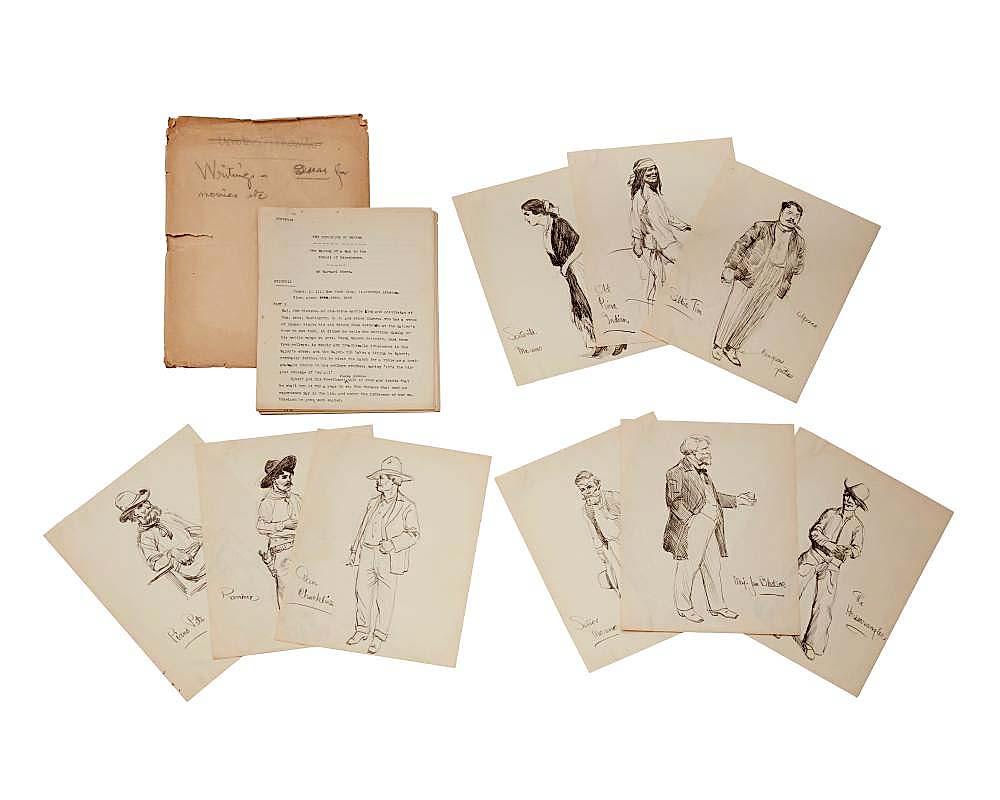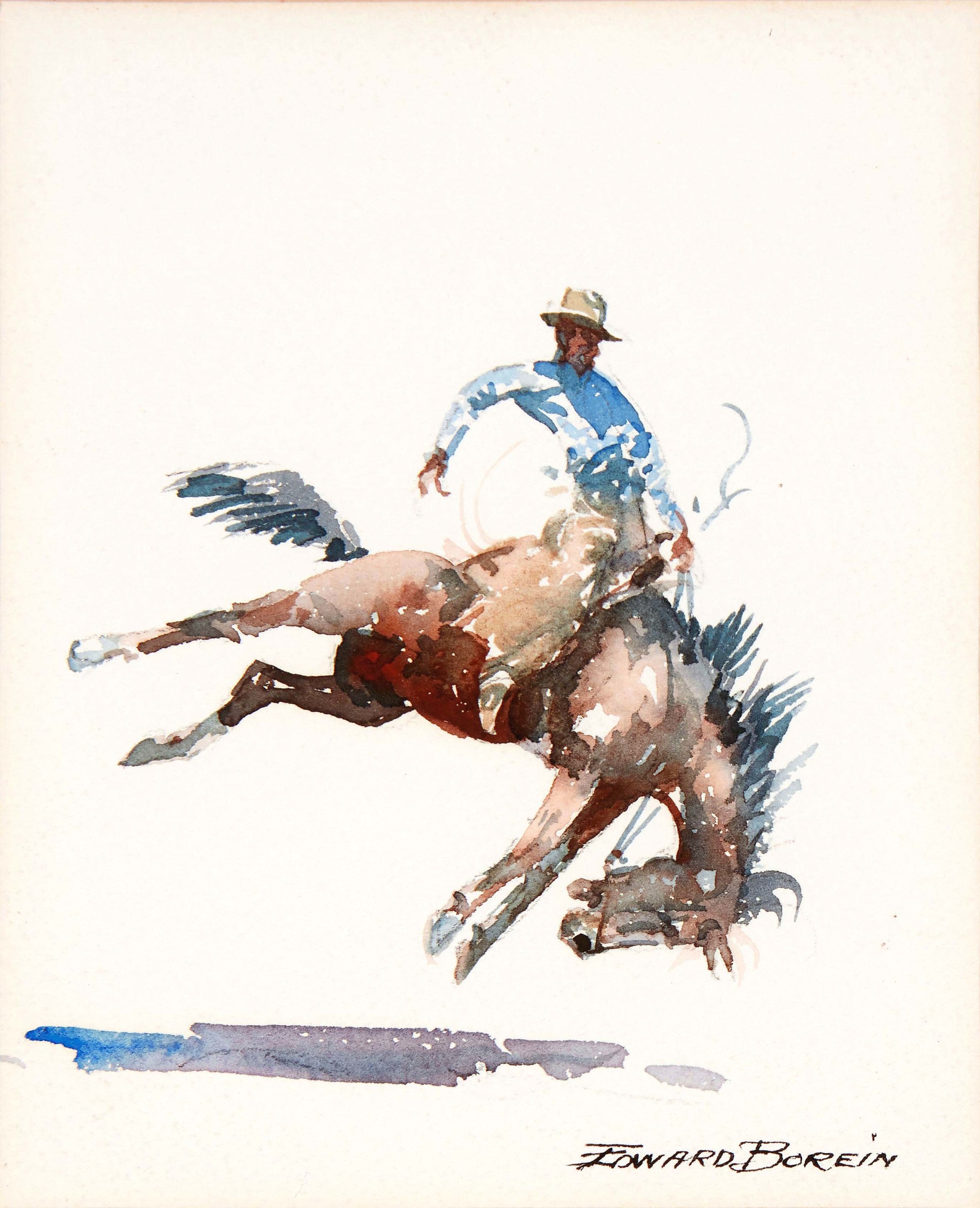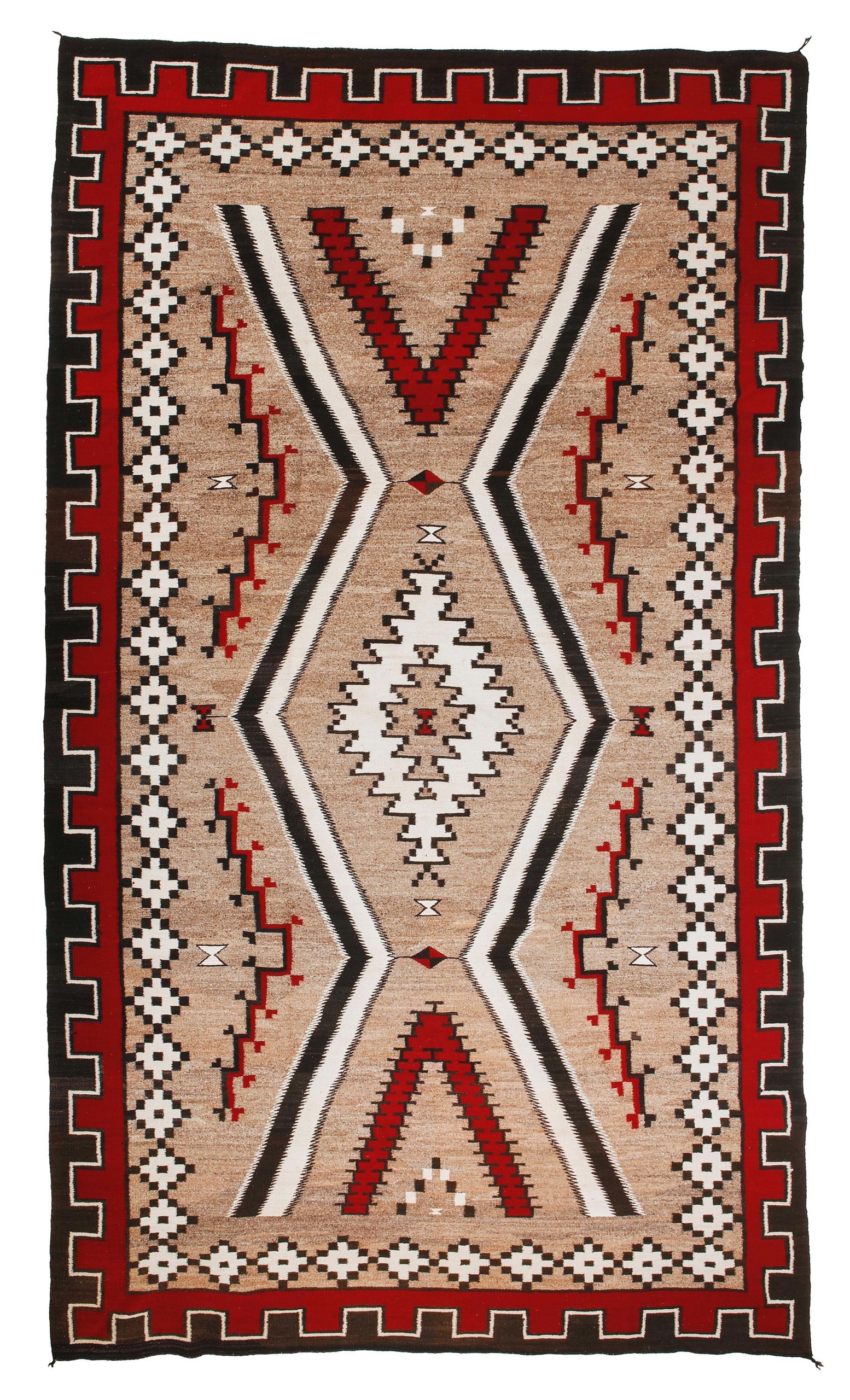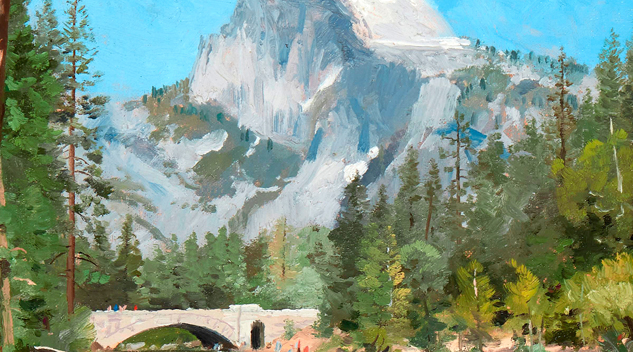#John #Moran #Finds #Fine #Art #American #West #Antiques #Arts #Weekly

“Half Dome” by Thomas Kinkade (American, 1958-2012) was deemed “a gem” by head of sale Maranda Moran. “Its small size (8 by 10 inches) makes it a very approachable work for many who find themselves short on wall space but need a view of this incredible granite [mountain].” Bidding for this rose to $11,250 against a $3/5,000 estimate.
Review by Z.G. Burnett; Images Courtesy John Moran Auctioneers
MONROVIA, CALIF. — John Moran Auctioneers’ Art of the American West sale featured 495 lots of Puebloan pottery, historical and contemporary Indigenous North American art and design, Navajo textiles, baskets, jewelry and Western art on September 12. Moran’s has a strong track record with this category; this year has seen three such auctions, bringing almost $1.6 million in total sales. Maranda Moran, vice president, head of sale and specialist in silver, Western and American Indian specialist at Moran, said, “The auction had more than 220 successful buyers for the 495 lots… Surprisingly, after a long day, there were still more than 450 bidders participating all the way up till the last lots of the auction on one of our three online platforms.” The majority of bidders participated online, a testament to Moran’s production team that creates an informative catalog to “answer even the craziest of client questions.” The auction exceeded the low estimate, totaling $413,538 with a sell-through rate of 84 percent by lot.
Moran is known for its Art of the West auctions, which are only growing in popularity. “While not a new category of material for us here at Moran’s, 33 percent of the buyers were new to us… We take great care to curate these sales with our known collectors in mind, it is a testament to our team that so many new buyers enter into the auction world through these sale,” Moran continued. “I am always impressed with the level of knowledge our collectors have and their true connoisseurship. I am also excited by so many new buyers who have a current appreciation and who will become the next generation of collectors.”
Fine art led the auction with a top lot whose artist may surprise some readers, Thomas Kinkade’s “Half Dome” that surpassed expectations to $11,250. The peaceful scene emphasizes the Half Dome’s height, reducing bathers in the foreground’s river to nothing more than brushstrokes. The painterly landscape is far removed from the glowing, almost surreal fantasies for which the artist is known. “Kinkade studied locally at Art Center College of Art and Design in Pasadena,” Moran commented, noting that the work was created in 1990. “His early art career showcased what a great artist he was before commercialism took root.”

Original circa 1940 screenplay for The Education of Egbert: The Making Of A Man In The School Of Experience, by Maynard Dixon, including various accompanying production and character designs, was the highest selling work on paper lot at $7,500 ($7/9,000).
Works on paper were especially popular in this sale. Out of three group lots by Maynard Dixon (1875-1946), two original portfolios were especially prominent. Dixon’s screenplay, The Education of Egbert: The Making Of A Man In The School Of Experience, was offered along with nine ink drawings of individual characters on wove paper, a typed title page and variant title page, a synopsis, character list and 109 scene descriptions on numerous sheets, some typed with pencil or ink annotations, and an outer storage envelope of the period with the penciled inscription, “Writings – Ideas for movies etc.” This dossier was bid to $7,500. From the same period was another portfolio, Book of Wisdom, which had 28 ink manuscript pages, ten with small ink sketches, that achieved $6,250.
The most successful sculpture lots were two bronzes from Apache artist Allan Houser (1914-1994). “Grandmother’s Relief” was an editioned and signed patinated relief, showing an elderly woman carrying a baby emerging from a textured surface, which was bid to $3,750. Achieving the same price was Houser’s freestanding “Standing Cloaked Figure,” edition 9/20, which was signed, dated and also multiplied its $1/1,500 estimate.
Two out of 27 sold lots by Edward Borein (1872-1945) were similarly favored. The only watercolor of his in the auction went for $5,850, titled “Cowboy With Blue Shirt On Bucking Bronc.” It was accompanied by an authenticating letter from Harold G. Davidson to Gallery de Silva, signed and dated 1980. Next in price was a drypoint etching, which became Borein’s specialty later in his career, titled “An Old Time Christmas – Mission Santa Barbara” at $3,125.

Edward Borein’s only watercolor offered, “Cowboy with Blue Shirt on Bucking Bronc,” held on for $5,850 ($4/6,000).
Native American pottery was also prominent, with one of the earliest and most noteworthy examples being an Anasazi Tularosa pottery jar likely dating back to 1150-1300. Moran explained that its large globular body was hand formed from coils of clay, recognizable by its chalky white slip and highly skilled and complicated geometric motifs in black. Much like other large household pots from this time period, this pot has two indentations below the decorations at the bottom that were used to assist the carrier’s hold for when the pot was full. “These details show the level of sophistication in design and ergonomics that the Anasazi cultivated in the community of artists,” she commented. The jar was bid to $5,312.
Third in the overall sale was a Santa Clara Pueblo pottery olla, showing three impressed bear paw motifs and a crimped rim, at $8,450. Olla are multipurpose vessels used for cooking, storage and serving. Another impressive piece was a large Santo Domingo Pueblo pottery dough bowl showing a three-color banded geometric motif. This more than doubled its low estimate at $4,375.
“A Navajo textile is just as comfortable on a New York loft apartment wall as it is on the floor of a Santa Fe home, or even wrapped around legs on a cold day at a cabin in the woods,” Moran said. Bidders agreed, as many Navajo Diné blankets and rugs did well and showed a wide range of designs and colorways.

The highest-achieving Navajo Diné rug was this large, four-color Midcentury example, measuring 164 by 92 inches, at $7,500 ($6/8,000).
Selling for $7,500 was a large midcentury rug in overall good condition, showing a central serrated diamond surrounded by zigzag columns with a two-layer border. Next was a Nineteenth Century blanket woven in red, cream and indigo wool; made for a child to wear, it achieved $3,937 ($5/7,000). Less colorful than its peers, but no less intricate, was a midcentury Two Grey Hills rug with elaborate serrated and spiral designs and a double-layer border, which sold for $3,750.
Departing from the aforementioned textiles’ designs, a Navajo Diné Yei pictorial textile showed 11 Yei dancers wearing multiple colors, meant to represent deity figures. It also achieved $3,750. A Third Phase Chief’s blanket from the late Nineteenth or early Twentieth Century was close behind in price at $3,125, with two striped diamond columns surrounded by diamonds with crosses.
Prices quoted with buyer’s premium as reported by the auction house. John Moran’s next Art of the American West auction will be on November 15, with a consignment deadline of October 6. For information, 626-793-1833 or www.johnmoran.com.




